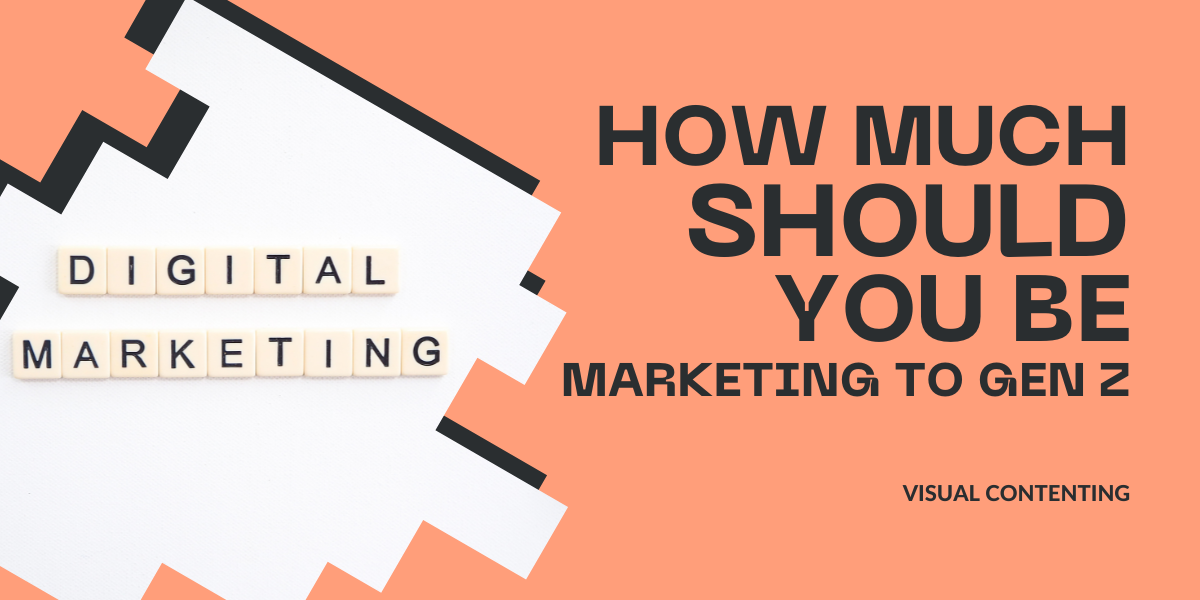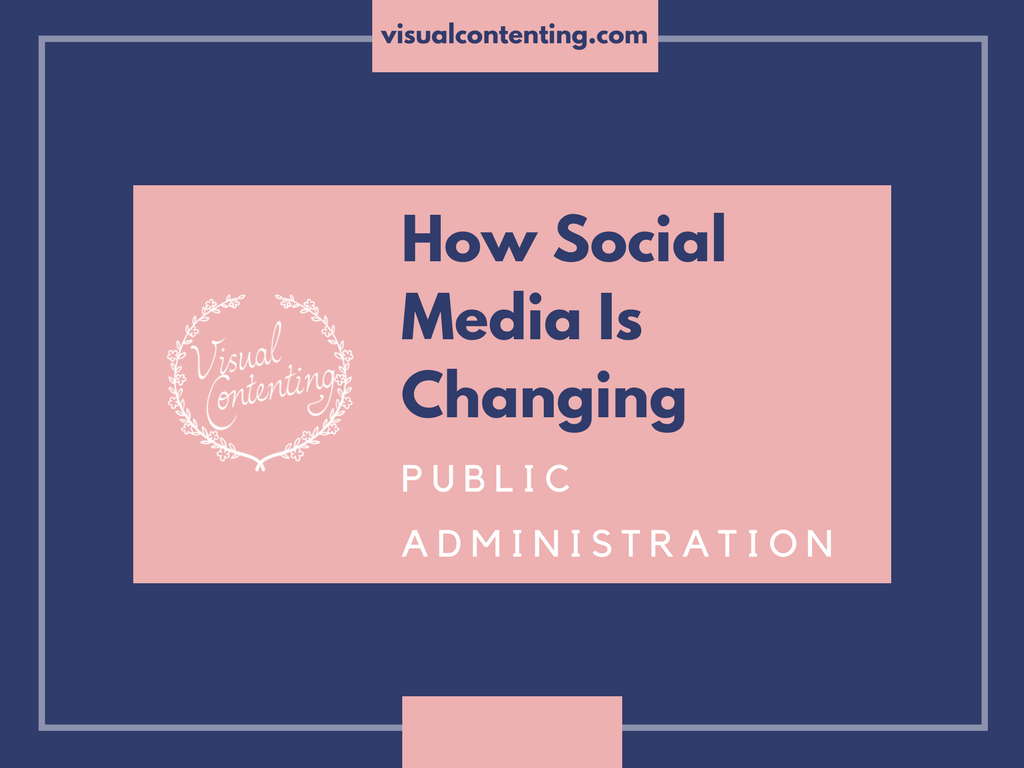Gen Z — typically categorized as people born between 1997 and 2012 — has become a prominent consumer group in recent years, and they have markedly different spending habits compared to previous generations. The rise of online shopping and social media has changed the nature of making purchases. Here are the top Gen Z shopping trends marketers should pay attention to.
Choosing Experiences Instead of Items
A good portion of Gen Z consumers are already overwhelmed by physical things. Many grew up in houses filled with extra clothing, dishes, toys and other forms of excess, a product of living in a fast-paced, materialistic society. There’s a growing movement to buy fewer products and live in calm, clutter-free homes.
Minimalism was already popular when the pandemic hit. After years of not traveling or having new experiences, many Gen Z consumers have a renewed interest in taking vacations. The majority of this demographic would prefer to spend money on an experience instead of a product. Of course, they’re still doing plenty of shopping, but it’s important for brands to explain how their products will enhance consumers’ lives.
For example, clothing ads can showcase how people might wear an outfit while hiking, swimming or visiting relatives abroad rather than how it makes them look. How will the clothes make these experiences possible?
Trying to Save Money
Most of Gen Z’s earliest memories took place during a recession, impacting their current outlook on spending. Budgeting was often a way of life growing up. This demographic increasingly looks for ways to save money because they saw how tough economic times affected their families. Now, as much of the world struggles with increased food and housing costs, Gen Z’s ideology is firmly rooted in saving.
It’s not that Gen Z lacks disposable income. In fact, they have $360 billion to spend. But brands must find unique ways to get this demographic to buy their products. Sales, markdowns and buy-now-pay-later programs can entice this penny-pinching generation to spend more money.
Small businesses should take heart knowing that household names matter less than ever to Gen Z, making it a great time for small and midsized companies to build brand loyalty. Many younger consumers are also willing to wait for products to go on sale — they’re not in a rush.
Shopping Online
A full 85% of American adults own smartphones. With most of Gen Z having grown up with the internet in their pockets, online shopping — and product research — is an obvious consideration. Their generation frequently researches products they’re interested in purchasing on YouTube, social media and search engines.
Marketers should use targeted ads on popular online platforms to reach this demographic. In-person ads like billboards, posters and signs are less effective when trying to reach Gen Z consumers.
Opting for Own-Label Products
Gen Z shows a growing preference for own-label products, which are generally cheaper than name-brand items. Own-label baked items and household supplies have become increasingly popular among this demographic. Gen Z often chooses lower prices over showing loyalty to a particular brand.
Making Impulsive Purchases
It might seem to contradict the previous point, but Gen Z tends to have more spontaneous shopping habits than older generations. They often buy cheaper items but spend less time considering their purchases. In fact, they’re the least likely generation to report researching products online before buying them.
This trend may have less to do with a cultural shift and more to do with the fact that many Gen Z consumers are children. Their ages currently range from about 11 to 26, so more than half of them are in their teens or younger. Lacking impulse control, people in this age bracket often get excited about products and make emotional purchases.
Many Gen Z customers report buying items that celebrities or influencers endorsed. Younger consumers are more likely to make purchases because someone they like recommended it — rather than researching the product — and marketers can use this to their advantage. Ads featuring celebrity endorsements and testimonies from young people using the product go a long way.
Buying Secondhand
The popularity of Macklemore’s 2012 hit “Thrift Shop” foreshadowed the explosion of interest in secondhand shopping. Gen Z is very comfortable buying used items, with apps like Poshmark and Depop taking advantage of the trend. In 2021, 23% of U.S. adults used online thrift stores.
This attitude falls in line with Gen Z’s heightened awareness of fast fashion, climate change and human rights issues. Brands should capitalize on selling pre-owned, refurbished or cosmetically imperfect items — which would otherwise go to waste — at a lower price. People are eager to snatch them up.
Choosing Brands Aligned with Their Values
Compared to previous generations, Gen Z is uniquely aware of brands’ political and socioeconomic actions, and they care — a lot. This generation strongly believes in buying from businesses that align with their values. Because many Gen Z consumers grew up experiencing climate change and political turmoil, they’re often more focused on companies’ environmental, social and governance frameworks than older customers.
As of 2022, 32% of Gen Z was boycotting at least one company or product. Travel companies, take note that 24% of respondents also refused to travel to certain states due to policy or legislative disagreements. It’s more important than ever to appeal to consumers’ personal stances.
Marketers should be aware that Gen Z is a racially diverse group with generally progressive views. They’re more likely than older generations to be socially liberal, environmentally conscious and economically pessimistic. They are also less likely to side with conservative political parties than baby boomers.
In general, Gen Z consumers want brands to speak out and take strong sides on social and political issues. When public incidents arise, many Gen Z customers expect brands to voice their opinions on social media, and will interpret a brand’s silence as not taking sides. They expect businesses to have a strong social media presence and to engage in conversations with the public.
Using Social Media for Inspiration
It’s no secret that Gen Z consumers spend a lot of time on social media. While browsing, they often come across ads or posts about items they didn’t even know existed, much less something they were deliberately searching for.
This behavior is one of the main ways Gen Z consumers learn about new products. Often, people go on social media when they’re feeling ambivalent or have idle time, allowing apps to inspire them and alleviate their boredom. They aren’t looking for a particular product but they’re willing to learn about something new.
That’s why it’s crucial for brands marketing to Gen Z to utilize social media ads, especially those featuring influencer endorsements. Marketers should use eye-catching videos with both audio and subtitles to grab users’ attention while scrolling. Additionally, brands should engage with users in the comment section underneath ads and allow people to message them through the app. Many Gen Z social media users want quick responses and personalized attention from businesses.
Marketing to Gen Z Consumers
Gen Z is a unique customer demographic. They value saving money, having experiences and buying from ethical brands that align with their beliefs. Additionally, they use social media for inspiration and make more online purchases than older generations.
Marketers should take these factors into consideration when appealing to Gen Z. They may represent just a fraction of shoppers in 2023, but it won’t be long before they’re one of the biggest customer demographics in the world.
Related Posts
Devin Partida writes about topics concerning tech and the internet. She is also the Editor-in-Chief of ReHack.com.







